Research History

Established more than 500 years ago, the University's foundational purpose was to be open to all and dedicated to the pursuit of truth in the service of others.
By underpinning our ethos with this commitment, our research excellence continues to make a profound impact on communities locally and around the world, by tackling the biggest challenges faced by society.
Scroll through our research history to learn more about our Nobel Prizes, notable academics and some of our research highlights through the centuries.
1495 - 1799

1489
James IV grants Bishop William Elphinstone a charter to allow Old Aberdeen to become a Burgh of Barony and an independent town.
1495
Bishop Elphinstone establishes King's College as Scotland's third University. It is formed with 36 staff and students studying arts and divinity.
1497
King's College becomes one of the first in the English-speaking world to establish a Chair of Medicine.

Bishop Elphinstone
Bishop Elphinstone

First view of King's College
First view of King's College
1500
Work begins on building King's Chapel.
1593
Marischal College is founded to teach medicine and law.
1616
The first separated Divinity Chair is established at Marischal, held by Robert Baron, who is considered a saint of the Scottish Episcopal Church.
1622
Edward Raban is the first printer in Aberdeen, jointly established by the University and Royal Burgh of Aberdeen.
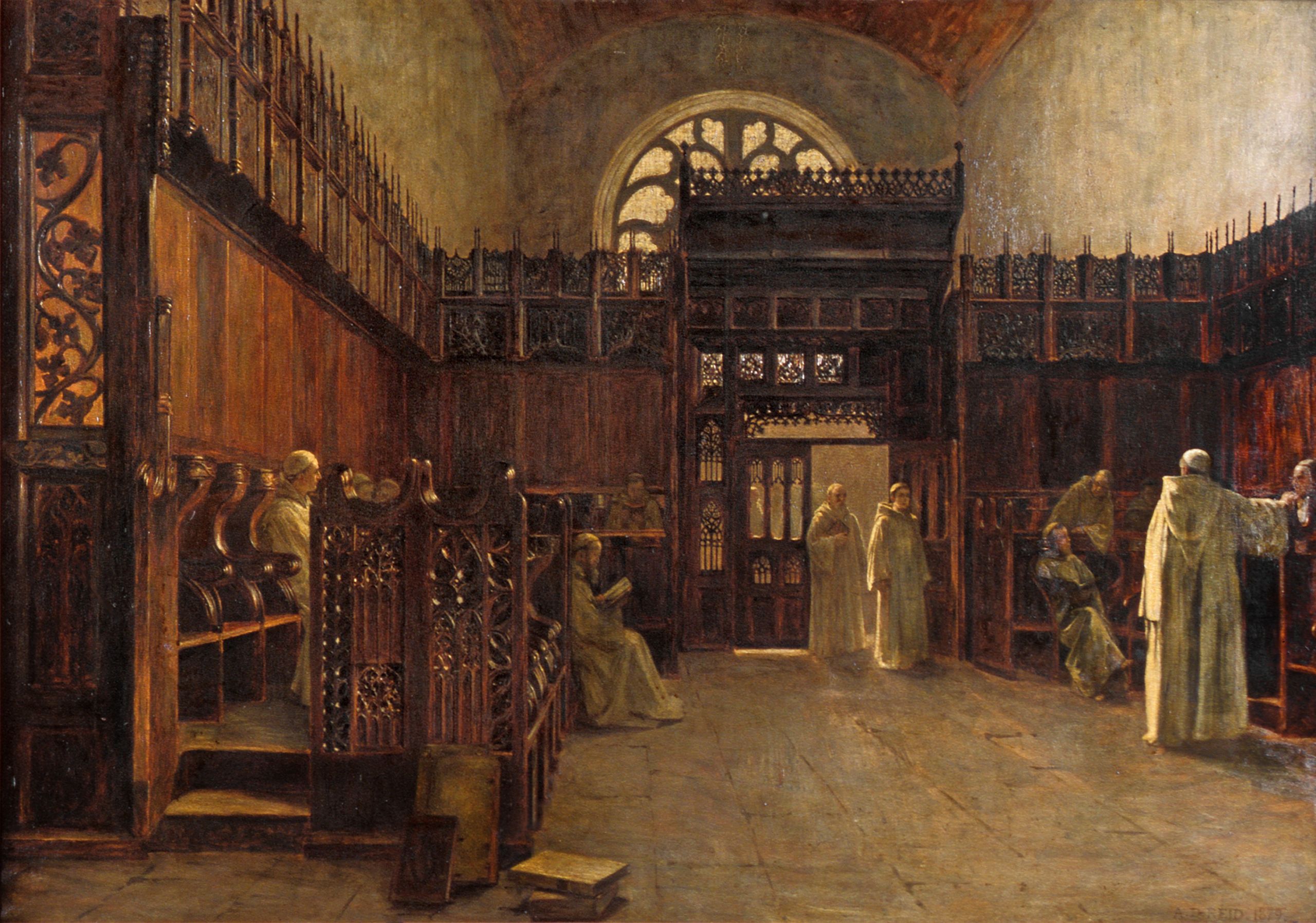

The Bestiary
The Bestiary
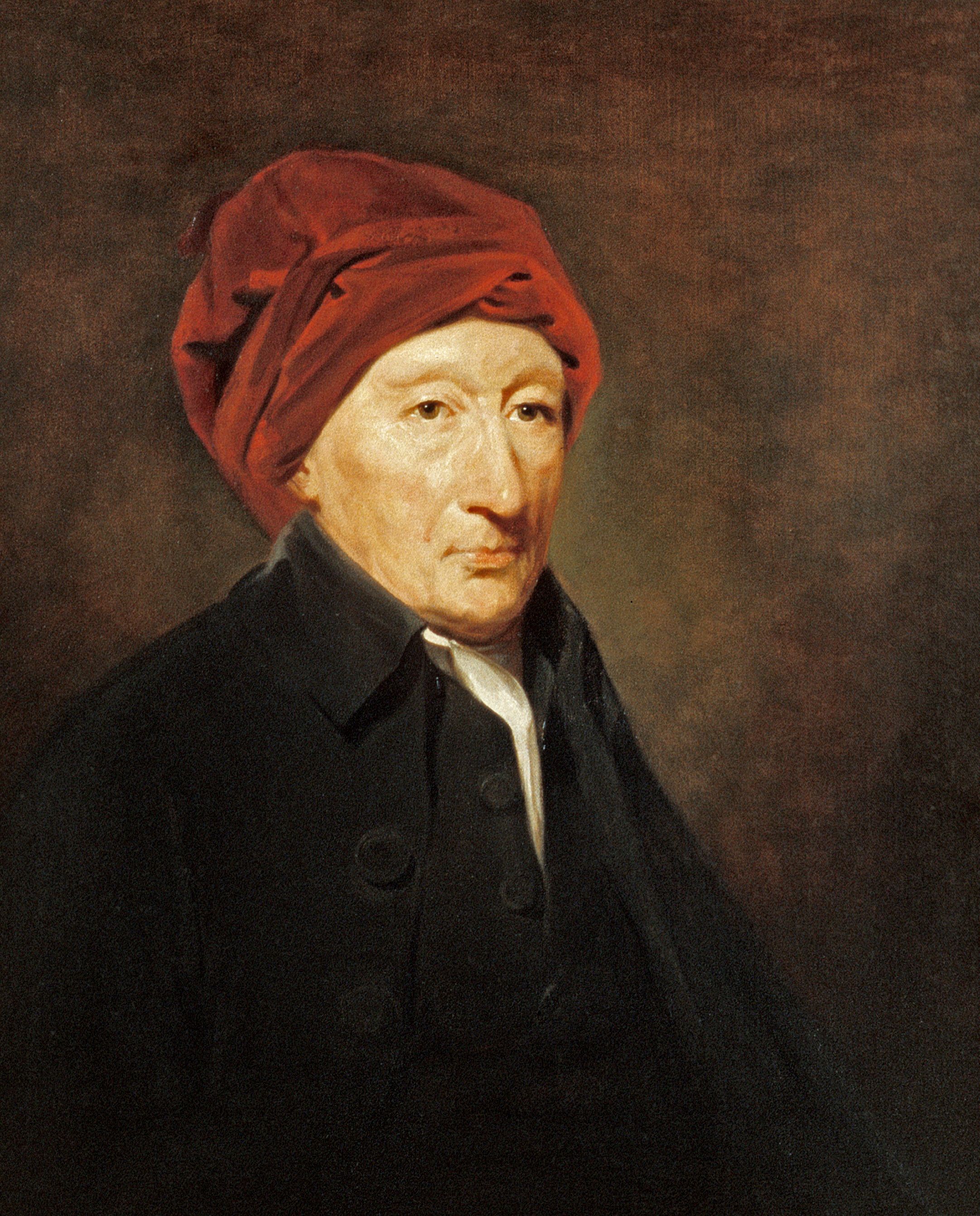
Thomas Reid founded the Scottish School of Common Sense
Thomas Reid founded the Scottish School of Common Sense
1624
The Aberdeen Bestiary is gifted by Thomas Reid, founder of the first public reference library in Scotland and Latin Secretary to the King. Created in England around 1200, the Bestiary is one of the most beautiful examples of its kind and describes the beasts of the world, both real and fantastical, as well as birds and even rocks. It was gifted as part of approximately 1350 books and manuscripts, and eventually became a key part of the University's collection.
1751
University graduate and 'common sense' philosopher, Thomas Reid, is appointed Regent of King's College. He goes on to found the Scottish School of Common Sense and plays a key role in the Scottish Enlightenment.
1800 - 1899

1858
A medical school was created at Marischal which eventually moved to Foresterhill, one of the fastest-growing and most influential parts of the University in the late 19th and early 20th centuries.
1860
King's College and Marischal College merge to become the modern University of Aberdeen.
Initially, arts and divinity were taught at King's with law and medicine at Marischal. All faculties were opened to women in 1892 with the first 20 matriculated female students beginning their studies in 1894.

An early image of Foresterhill
An early image of Foresterhill

An early illustration of King's College
An early illustration of King's College

James Clerk Maxwell
James Clerk Maxwell

Patrick Manson
Patrick Manson
1861
The world's first colour photograph is developed by James Clerk Maxwell, Professor of Natural Philosophy at Marischal College between 1856-1860.
1865
Patrick Manson graduates in medicine from King's College. He goes on to discover the link between mosquitoes and the spread of malaria and is dubbed the 'father' of tropical medicine.
Whilst working in China in the 1870s, Manson proposed that malaria was spread by mosquitoes - a theory that was proven by Sir Ronald Ross in 1897, under Manson's tutelage.
In 1887, he established the Hong Kong College of Medicine and the London School of Tropical Medicine in 1899.
1882
University medicine graduate, Alexander Ogston, is appointed Regius Professor in Surgery.
In 1866, he was appointed Junior Surgeon at the Aberdeen Royal Infirmary then Consultant Surgeon, before becoming Regius Professor.
He is renowned for discovering Staphylococcus aureus and introducing antiseptic surgery at Aberdeen Royal Infirmary.
1898
Miss Anne Cruickshank bequeaths land to the University in memory of her brother, which becomes the Cruickshank Botanic Garden.
The 11 acre garden is now an educational resource for students within the School of Biological Sciences, and schoolchildren who visit the Aberdeen Biodiversity Centre.

Alexander Ogston
Alexander Ogston

Cruickshank Botanic Garden
Cruickshank Botanic Garden
1900 - 1999


Dr Isabel Kerr (Credit: Wellcome Collection. CC BY)
Dr Isabel Kerr (Credit: Wellcome Collection. CC BY)
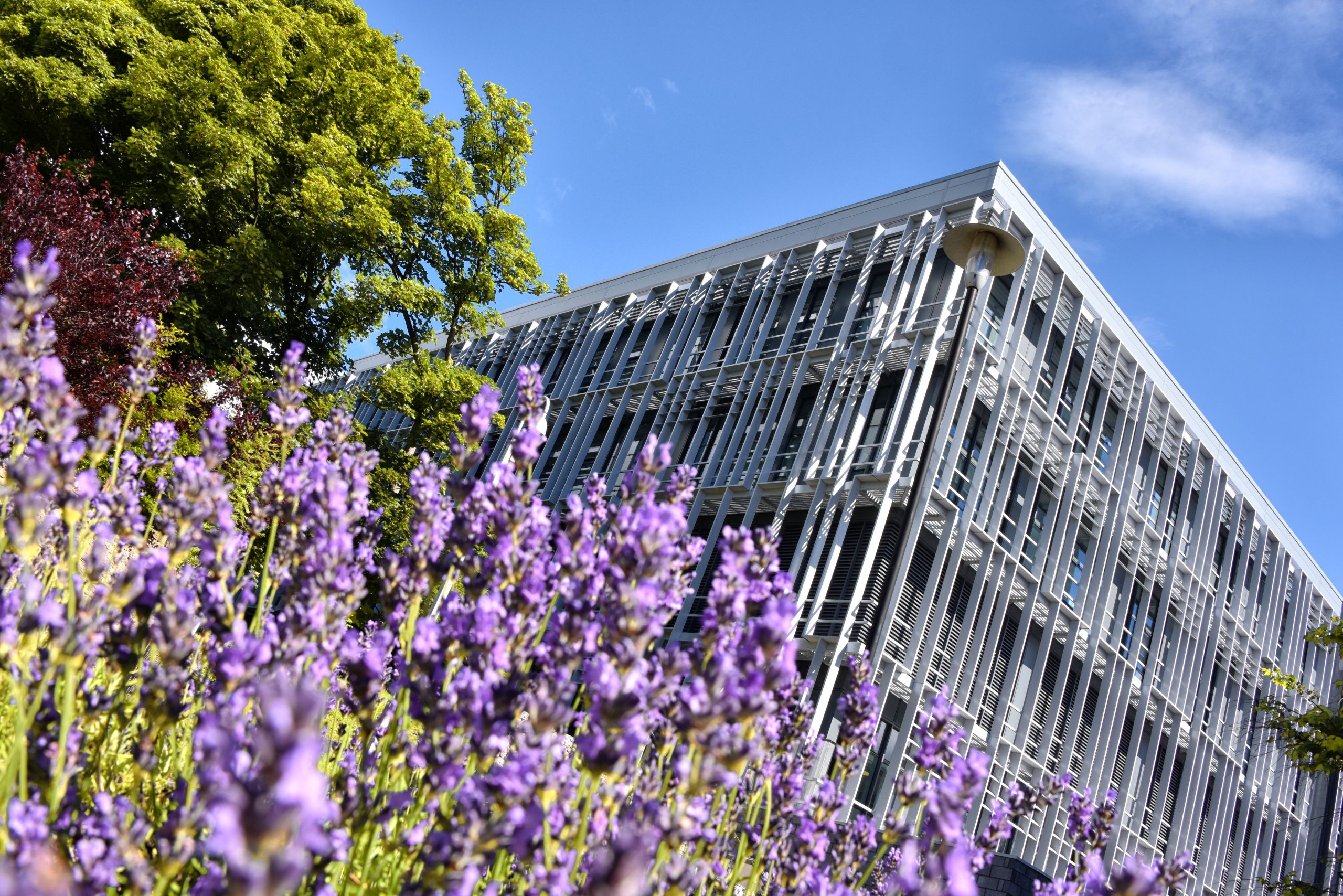
The Rowett Institute
The Rowett Institute
1900
Dr Myra Mackenzie is the University's first female graduate in medicine. She goes on to become Resident Physician and Surgeon at the Aberdeen Royal Hospital for Sick Children.
1903
Dr Isabel Kerr graduates with a Bachelor of Medicine and Bachelor of Surgery (MB ChB). In 1911, she opens a leprosy centre in India then a treatment hospital in 1915 from where she launches a pioneering program of treatment for leprosy in 1921.
1913
The Rowett Institute is founded by Sir John Boyd Orr, who goes on to win a Nobel Peace Prize in 1949. The Rowett is now a global leader in nutrition research and plays a major role in the UK's research capability in nutrition and human health.
1915
Nan Shepherd becomes one of the University's earliest female graduates and goes on to become one of Scotland's most celebrated writers of prose and poetry.
She wrote three novels, The Quarry Wood, The Weatherhouse and A Pass in the Grampians, all of which were published whilst working as an English lecturer at the Aberdeen Training Centre for Teachers.
In 1934, her poetry collection, In the Cairngorms, was published. Her final and most well-known collection, The Living Mountain, was written in the 1940s but remained unpublished until 1977.
Her image can now be seen on Scottish £5 notes.


Nan Shepherd
Nan Shepherd

Matthew Hay
Matthew Hay
1916
Matthew Hay, who was appointed Chair of Forensic Medicine in 1883, launched his vision of one site for all hospitals which eventually became the Joint Hospitals Scheme and the Foresterhill Health Campus.
In 1888, he became the city's Medical Officer of Health and used the opportunity to improve the lives of the local community. Taking action against poor living conditions in Aberdeen, Hay pioneered slum clearances and campaigned for new council housing.
Now one of Europe's largest medical campuses, Foresterhill houses a number of centres and institutes which provide world class research, education and health services.
Nobel Laureates
Among the many pioneers associated with the University are five Nobel Laureates. Between 1921 and 1952, five of our academics were awarded Nobel Prizes in Chemistry, Medicine, Physics and Peace.
1921
Frederick Soddy (appointed Professor of Chemistry in 1914) is awarded the Nobel Prize for Chemistry for his work in radioactivity and isotopes.
1937
George Paget Thompson (appointed Professor of Natural Philosophy in 1922) is awarded the Nobel Prize for Physics for his work around diffraction of electrons.
1923
John McLeod (appointed Consultant Physiologist at the Rowett Institute in 1928) is jointly awarded the Nobel Prize for Medicine with Frederick Banting, for research which led to the discovery of insulin.
1949
Lord John Boyd Orr (Director of the Rowett Institute) is awarded the Nobel Prize for Peace for his contribution to a worldwide fight against hunger.
1952
Richard Synge (a Biochemist with the Rowett Institute) is awarded the Nobel Prize for Chemistry for the invention of partition chromatography.

Frederick Soddy
Frederick Soddy

George Paget Thomson
George Paget Thomson

John Boyd Orr
John Boyd Orr

Richard Synge
Richard Synge

Eric Linklater
Eric Linklater
1924
Agnes Mure Mackenzie graduates with a Doctor of Literature from the University. In 1923 her first novel, Without Conditions, was published followed by a biography of King Robert the Bruce, historical novels for young readers and a number of Scottish History books. In 1945, she's awarded a CBE for her services to Scottish literature and history.
1944
Eric Linklater, University Rector from 1945-48, is awarded the Carnegie Medal for the year's best British children's book - The Wind on the Moon.
In the 1930s, Linklater became a full time writer, with much of his writing based on his time in the military during World War I.
In 1954, Linklater was awarded a CBE and then elected fellow of the Royal Society of Edinburgh in 1971. The University's Linklater Rooms are named in his honour.
1946
Physicist and military intelligence expert, Reginald V Jones, becomes Chair of Natural Philosophy until 1981. He played an important role in Britain's defence in World War II, by improving the sensitivity of scientific instruments.
During the Second World War, Jones was a scientific advisor for British Intelligence and Winston Churchill and served as Assistant Director of Intelligence for the Air Ministry from 1941-1946.
1951
Sir Dugald Baird, Regius Professor of Obstetrics and Gynaecology from 1937-65, established the Aberdeen Maternity and Neonatal Databank, a resource that provides maternity health data and outcomes.
With a vision of improving women's health and wellbeing, Baird also established the MRC Obstetric Medicine Unit and MRC Medical Sociology Unit, and received a knighthood in 1959 for his contribution to women's health.
In 1995, the Dugald Baird Centre for Research was established at Aberdeen Maternity Hospital.

Reginald V Jones
Reginald V Jones
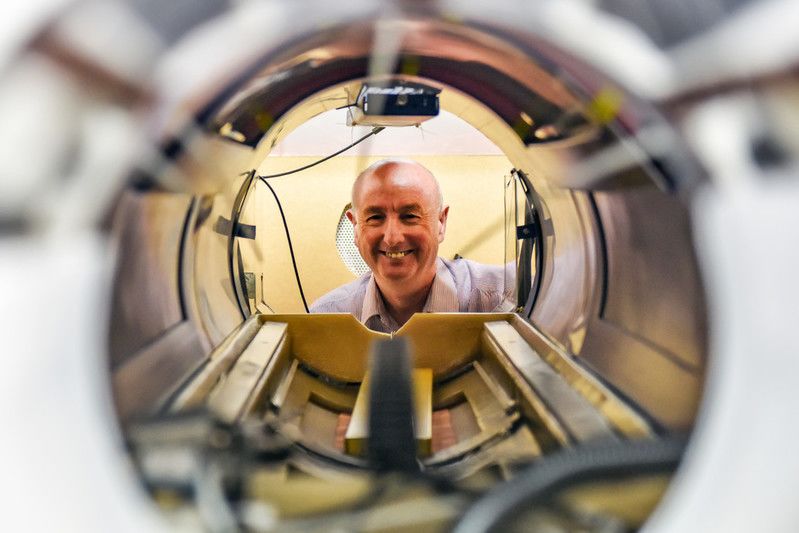
Professor David Lurie
Professor David Lurie

Mary Esslemont
Mary Esslemont
1958
Principal between 1948-1962, Sir Thomas Murray Taylor was well known for his work in Scots Law but also played a key role in trying to ensure the University could retain a hoard of treasure discovered by researchers on St Ninian's Isle in Shetland. As the trove was of national significance, it was moved to the National Museum of Scotland in Edinburgh and remains one of the most important Scottish archaeology discoveries of the 20th century.
1965
Professor John Mallard becomes the University's first Professor of Medical Physics and goes on to lead the team that plays a key role in the development of Magnetic Resonance Imaging (MRI) technology.
The next generation of MRI technology, Fast Field Cycling (FFC-MRI), is now being developed at the University by Professor David Lurie and his research collaborators across Europe.
1974
Triple graduate of the University, Dr Mary Esslemont, becomes the first female assessor on the University Court.
With a keen interest in social welfare and humanitarian issues, she travelled the world with the World Medical Association. She also served on the University General Council for more than 40 years, was Vice President of the British Medical Association and became the first woman chairperson of the Scottish Council in 1968.
In 1954, she received an honorary LL.D from the University and was awarded a CBE in 1955. After many years working as a GP in Aberdeen, she was awarded Freedom of the City in 1981.
1975
Professor Hans Kosterlitz, Director of the University's Drug Addiction Research Unit, discovers enkephalins - a major scientific breakthrough.
Alongside Professor John Hughes, they were the first to show that enkephalins are produced naturally in the body. This research was a landmark in pharmacology and has been pivotal to medical innovations that can now improve quality of life for those with debilitating conditions.
Joining the University in the 1930s, he became Head of the Department of Pharmacology in 1968 before directing the Drug Addiction Research Unit in 1973.
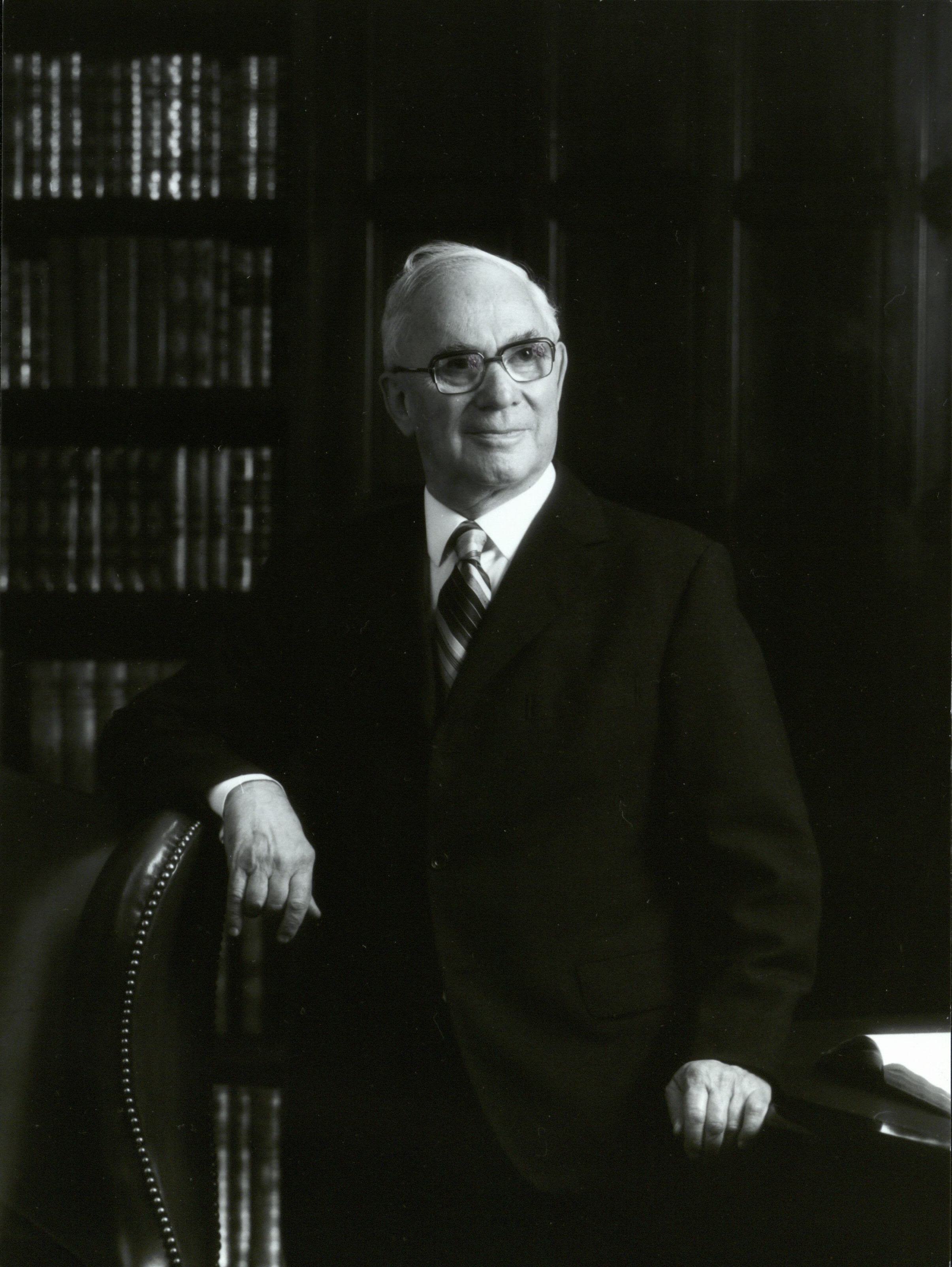
Hans Kosterlitz
Hans Kosterlitz

Professor James Hutchison and his wife Margaret
Professor James Hutchison and his wife Margaret
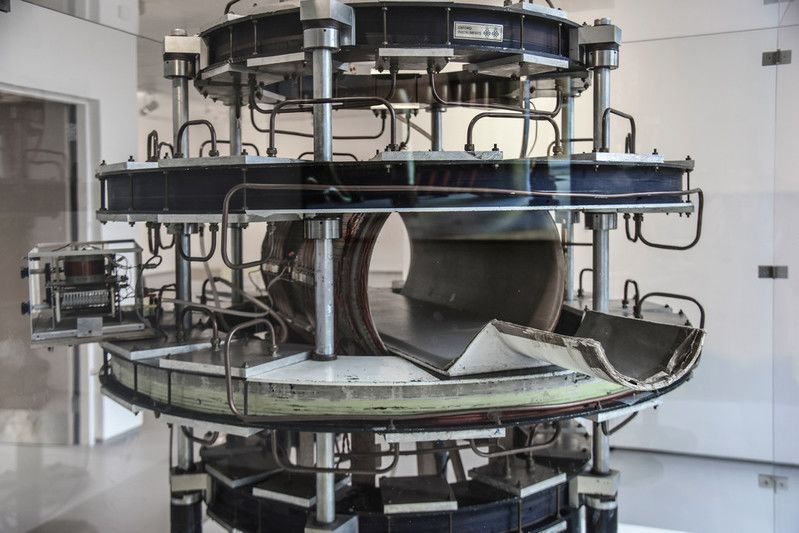
The Mark 1 scanner
The Mark 1 scanner
1980
Built by Professor James Hutchison, the Mark 1 MRI scanner successfully scans its first patient and is the first of its kind in the world.
Although the technology was developed in the 1970s, Professor Hutchison built the first full-body scanner and developed spin-warp imaging - a game-changing technique which was adopted around the world and is still used today in MRI machines.
1995
The University establishes the Elphinstone Institute to celebrate its 500th birthday.
A centre for the study of ethnology, folklore and ethnomusicology, the Elphinstone Institute researches and promotes the culture of the North and North-East of Scotland, and increases public understanding of the importance and relevance of culture in today's society.
2000 - present

2001
The 'Aberdeen Colleges of Education' merge with the University to become what is now the School of Education. The Aberdeen Colleges of Education comprised a number of institutions, all of which provided teacher training between 1874 and 2001.
2007
The University established its Archaeology department which subsequently uncovered Scotland's oldest Pictish fort during an archaeological dig on the Aberdeenshire coast. The fort was discovered on a sea stack known as Dunnicaer near Dunnottar Castle, which could only be accessed by using ropes at low tide.
2009-2010
Our community café series launches as part of the University's active public engagement with research activity.
Events bring together leading experts, researchers and the general public to give insights into the latest research in an informal and engaging environment.

Uncovering the oldest Pictish fort on Dunnicaer
Uncovering the oldest Pictish fort on Dunnicaer
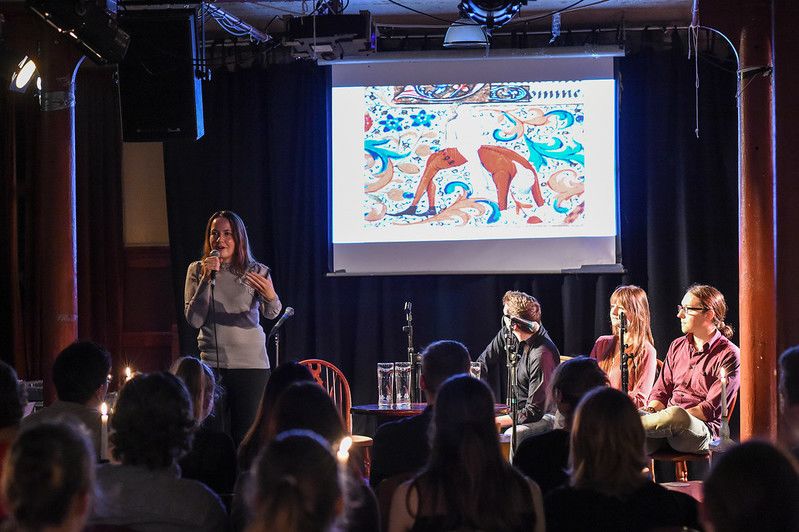
Community cafe event
Community cafe event

Her Majesty The Queen opens the Sir Duncan Rice Library
Her Majesty The Queen opens the Sir Duncan Rice Library

Explorathon event
Explorathon event
2012
The Sir Duncan Rice Library is officially opened by The Queen, accompanied by the Duke of Edinburgh. It houses the largest of the University's modern collections and historic collections of rare books, manuscripts and archives.
2013
The Rowett Institute celebrates its centenary with the opening of a new building.
The Institute played a major role in establishing the link between diet and health in the first half of the 20th century and is now a global leader in nutrition research.
2013-2014
The University's May Festival is established with a diverse programme of engaging events for the public and wider community.
Additionally, Explorathon launches as part of the European Researchers' Night Initiative, to showcase the cutting-edge research taking place in the University.
2018
Our Health Economics Research Unit (HERU) and Health Services Research Unit (HSRU) are presented with the Queen's Anniversary Prize for Higher and Further Education at a ceremony in Buckingham Palace.
The award is the highest national honour for a UK university and was awarded for our world-class research into health services.
HERU and HSRU pioneered the combination of economic and clinical research in order to assess which medical treatments are effective for use in the NHS, work which has changed millions of lives around the world.
2020
The University marks its 525th birthday with the launch of a new strategic vision, Aberdeen 2040. To find out more about our future ambitions over the next 20 years, view our strategy here.

The Queen's Anniversary Prize for Higher and Further Education
The Queen's Anniversary Prize for Higher and Further Education

